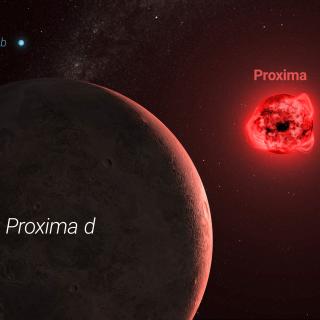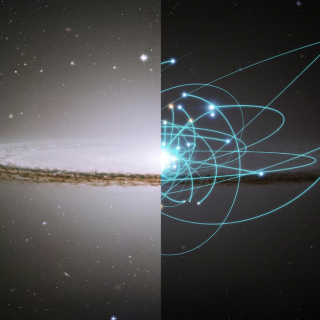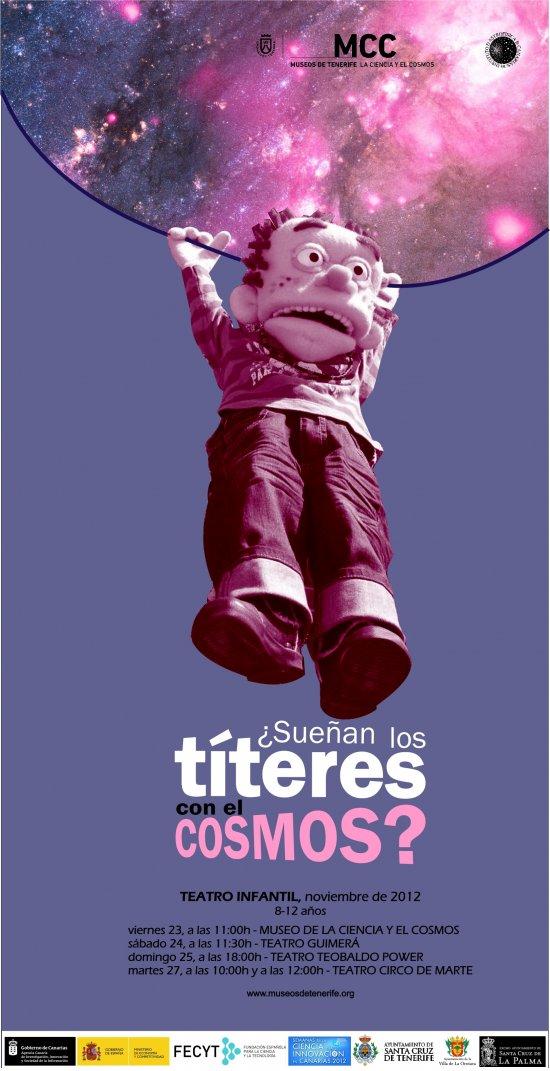It may interest you
-
 The new infrared spectrograph NIRPS, built with the participation of the Instituto de Astrofísica de Canarias (IAC) and installed on the 3.6-metre telescope at ESO’s La Silla Observatory in Chile, has achieved its first scientific results, with four articles published today in the journal Astronomy & Astrophysics and one more accepted for publication. The data confirm its ability to detect Earth-like planets in the infrared for the first time with a precision better than one metre per second. One of the papers, led by IAC researcher Alejandro Suárez Mascareño, confirms the presence of aAdvertised on
The new infrared spectrograph NIRPS, built with the participation of the Instituto de Astrofísica de Canarias (IAC) and installed on the 3.6-metre telescope at ESO’s La Silla Observatory in Chile, has achieved its first scientific results, with four articles published today in the journal Astronomy & Astrophysics and one more accepted for publication. The data confirm its ability to detect Earth-like planets in the infrared for the first time with a precision better than one metre per second. One of the papers, led by IAC researcher Alejandro Suárez Mascareño, confirms the presence of aAdvertised on -
 An international review article in which IAC researcher Jesús Falcón Barroso is a contributor, explains how the study of stellar populations in galaxies outside the Milky Way and the Local Group, using techniques which are called “extragalactic archaeology”, permits the reconstruction of the processes of formation and evolution of those galaxies. This article has been published in the Annual Review of Astronomy & Astrophysics , one of the most prestigious journals in this field, to which only five researchers of the IAC have contributed during the lifetime of the Institute. How did theAdvertised on
An international review article in which IAC researcher Jesús Falcón Barroso is a contributor, explains how the study of stellar populations in galaxies outside the Milky Way and the Local Group, using techniques which are called “extragalactic archaeology”, permits the reconstruction of the processes of formation and evolution of those galaxies. This article has been published in the Annual Review of Astronomy & Astrophysics , one of the most prestigious journals in this field, to which only five researchers of the IAC have contributed during the lifetime of the Institute. How did theAdvertised on -
 El Instituto de Astrofísica de Canarias (IAC) participa en TLP Tenerife 2025 para acercar la ciencia a los jóvenes y fomentar vocacionesAdvertised on
El Instituto de Astrofísica de Canarias (IAC) participa en TLP Tenerife 2025 para acercar la ciencia a los jóvenes y fomentar vocacionesAdvertised on
